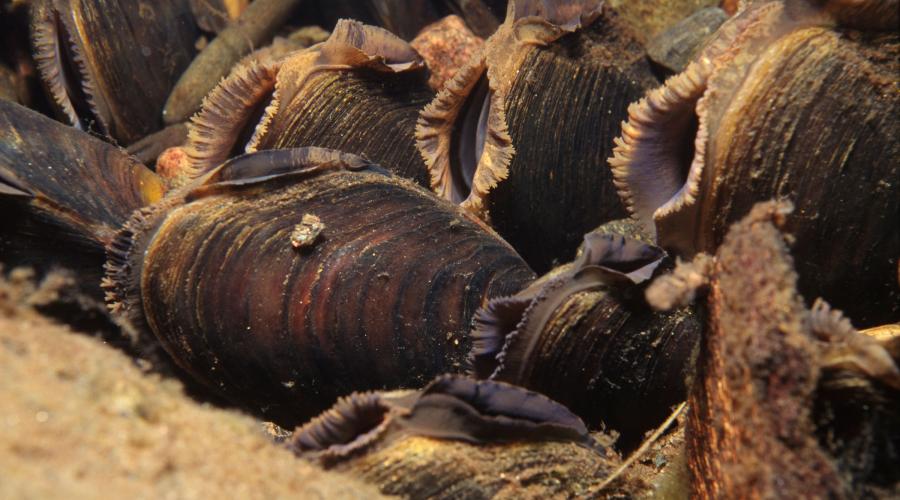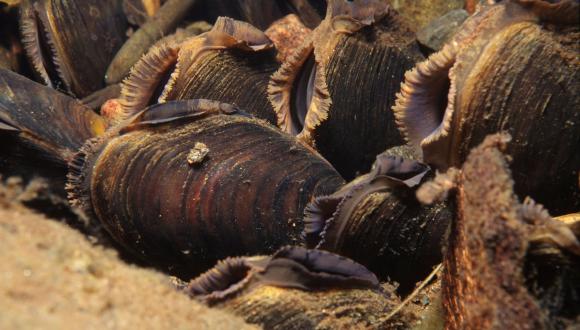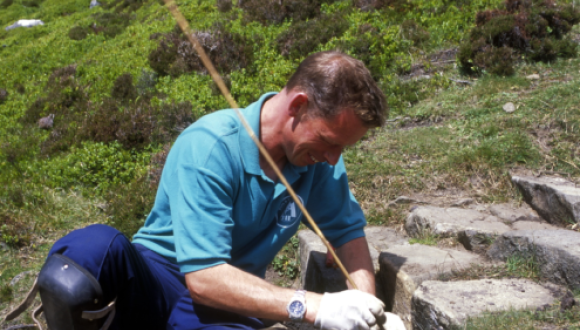
Pearls in Peril
This nationwide project aimed to safeguard important populations of freshwater pearl mussel to ensure its survival in Great Britain.
Freshwater pearl mussel is a critically endangered mollusc. The Pearls in Peril project, which ran from 2012 to March 2017, aimed to save and restore populations in 21 sites across Scotland, England and Wales.
The project put in place a wide range of conservation measures in key river systems.
These measures aimed to:
- restore the habitat of freshwater pearl mussel and salmonid species (Atlantic salmon and brown trout)
- secure the long-term survival of existing freshwater pearl mussel populations
- raise awareness among local, national and international audiences of freshwater pearl mussel conservation issues
The project was jointly funded by 22 organisations across Scotland, England and Wales.
This video highlights the work done by the Pearls in Peril LIFE + Nature project to help secure the future of the critically endangered freshwater pearl mussel across Great Britain.
Best practice
Best practice methods used to secure freshwater pearl mussel populations included:
- restoring and improving riparian habitat – by planting more than 70km of woodland and fencing riverbanks
- creating an education programme, Pearls in the Classroom – and using this to raise awareness among more than 4,000 schoolchildren
- reducing diffuse pollution from fields – using ditch blocking to create buffer strips and wetlands
- encysting more than 1,000 juvenile salmon with local pearl mussel larvae
- restoring miles of river channels
- monitoring water quality, habitat restoration, pearl mussel populations and host salmonids
- raising awareness among the general public of the species and the project
- launching ‘river watch’ schemes to reduce the risk of wildlife crime
Locations
Nineteen of the 21 rivers across Britain involved in the project are in Scotland. All 21 rivers are Special Areas of Conservation.







